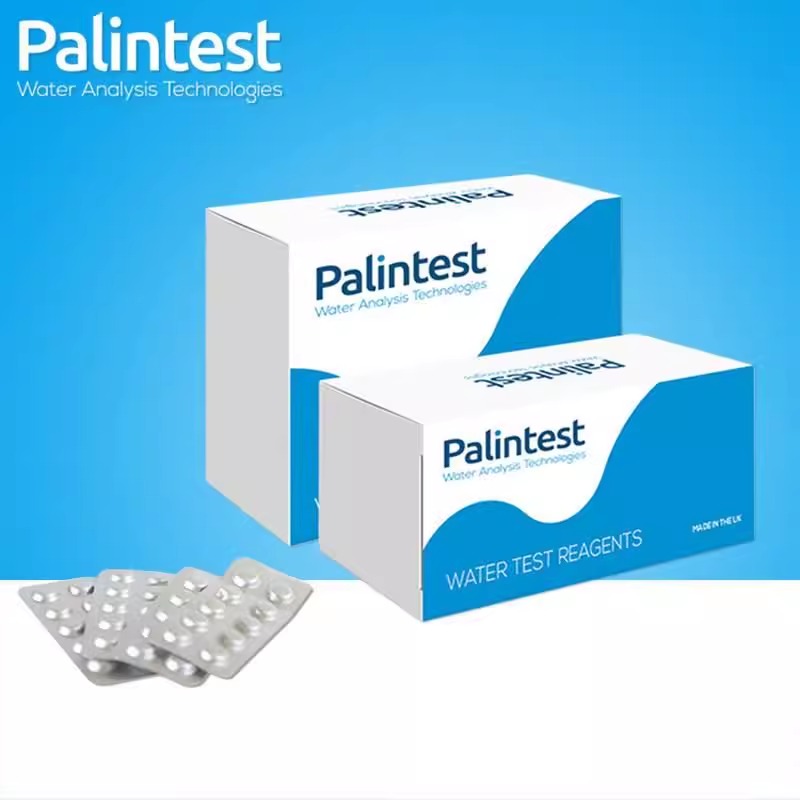Fluoride, Photometer, 0-1.5mg/L F, for 50 Tests
Catalog No :
CAS Number :
Brand :
In Stock
Specifications:
| Application | Water Quality Analysis | ||
| Storage Temperature | Room Temperature | ||
| Product Type | Photometer Reagent | Forms | Tablets |
| Product Brand | Palintest | ||
| Product Grade | Analytical grade | ||
Fluoride
Test Method Technical Information
Tests For: Fluoride in Natural and Treated Waters
Test Range: 0–1.5 mg/L
Reagent Chemistry Used: Zirconyl Chloride and Ericochrome Cyanine R
Basis of Test Method: Standard Method 4500-Fluoride-D
Method Detection Limit*: 0.037 mg/L
Limit of Quantification**: 0.12 mg/L
*The Method Detection Limit (MDL) is defined as the minimum measured concentration of a substance that can be reported with 99% confidence to be different from the method blank results.
**The Limit of Quantification (LOQ) is the smallest quantity that can be detected with reasonable certainty for a given analytical procedure.
Testing for Fluoride
Fluoride occurs naturally in some ground waters and is often introduced into drinking water for the prevention of tooth decay. Excessive amounts of fluoride are however objectionable and can cause tooth discolouration.
The Palintest Fluoride test provides a simple method of monitoring fluorides in natural waters, and for the control of fluoridation plant at water works.
Reagent Chemistry
Zirconyl Chloride and Eriochrome Cyanine R are reacted in acid solution to form a red coloured complex. This colour is destroyed by fluoride ions to give the pale yellow colour of the Eriochrome Cyanine. Differing amounts of fluoride therefore produce a range of colours from red to yellow.
In the Palintest Fluoride test two tablet reagents are used. The test is simply carried out by adding one of each tablet to a sample of the water. The colour produced in the test is indicative of the fluoride concentration and is measured using a Palintest Photometer.
Interferences
Interference from aluminium and iron is eliminated by making the solution alkaline in the first stage of the test procedure. This breaks down any aluminium-fluoride and iron-fluoride complexes which may be present in the water.
Interference from calcium should not be significant at the levels normally encountered in natural and drinking waters.
Best Practice Advice for Testing
- Crush reagents (particularly No 2 tablet) as quickly as possible for the most accurate results




 0
0
